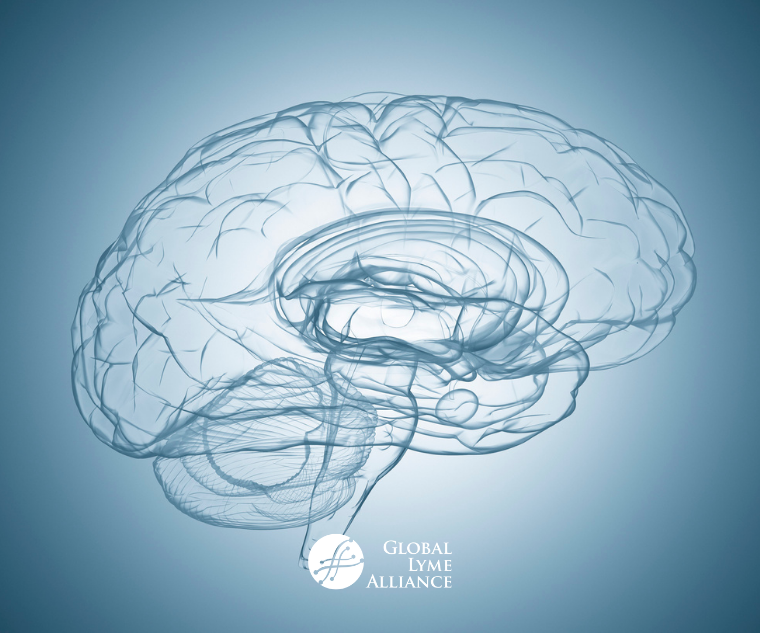
By Jennifer Crystal
The longer I’ve been in remission from Lyme disease, babesiosis, ehrlichiosis and chronic active Epstein Barr virus, the more I’ve been able to do. Once bedridden, I now only need naps in the afternoon. Previously unable to walk up a flight of stairs, I can now spend a morning skiing. I’ve moved from being too confused to understand a simple paragraph, to writing two full books. Each year brings new abilities, but within those years, there are always some setbacks, too.
Sometimes these setbacks are out of my control, but often times, they’re the result of pushing myself too hard either physically or neurologically. This is something that Lyme patients or those recovering from any long-term illness naturally do, because after being on hold for so long, we’re eager to live our lives to the fullest. I might ski a few too many runs. I might watch movies too many nights in a row. I might read too many student papers at once. Suddenly, my limbic system kicks into high gear.
What is the limbic system? Why does it activate so quickly for Lyme patients? And what can patients do to calm it back down?
The limbic system is deep in the cerebral cortex of our brains. It manages emotional and behavioral responses such as fight or flight. We need those responses for survival. If we’re confronted by a bear, we need our fight or flight system to kick in to allow us to make split-second survival decisions. When I push myself beyond my capabilities, my body essentially sees an approaching bear. It knows these pushes could lead to relapse, so it springs into action in an effort to protect me from danger. As Sharon Giammatteo, Ph.D. explains in Body Wisdom: Light Touch for Optimal Health, “When you are frightened, severely stressed, or weakened due to illness or injury, your limbic system will respond.”
What does it feel like to “go limbic,” as my integrative manual therapist likes to call it?
It feels like my whole body and brain are on high alert. My thoughts race. I can’t nap, despite the physical need. The intensity of my dreams revs up. I wake in the middle of the night.
The overstimulation—from whatever activities I did that got me into this state, and from the response—causes panic. I worry that I’m relapsing. I worry that I’ll never sleep. I worry that I’ve done myself in. This anxiety is a breeding ground for dormant Lyme symptoms to flare, and I find myself in a vicious cycle.
Though I can recognize when I’m in this state, it’s hard to get myself out of it, especially since the state itself is involuntarily. Anxiety medication does not work, because I’m not actually having an anxiety attack. Other calming methods, like putting lavender oil on my pressure points, also do nothing.
So what’s a Lyme patient to do when their limbic system goes into overdrive?
The most helpful tools for me have been craniosacral therapy and neurofascial processing. As Giammatteo explains, “Cranial therapy works by exerting a gentle force on the head and the body. The force decompresses dysfunctional areas and facilitates proper biological rhythms.” The “gentle force” is light, manipulative touch on certain areas of the head and neck. Neurofascial processing is a similar technique used on other parts of the body. “A most remarkable treatment approach,” Giammatteo writes, “it can be used for all pain and physical dysfunction, no matter how chronic or how severe.”
Some physical therapists practice these techniques (which means appointments are more likely to be covered by your insurance). If your physical therapist doesn’t offer them, your Lyme Literate Medical Doctor (LLMD) may be able to recommend an integrative manual therapist who works specifically with these techniques. Best of all, many of them can be done at home, either by yourself or with the help of a caregiver. They involve simply placing your hands in spots like your forehead and lower back for a certain period of time. These techniques are all outlined in Giammatteo’s book.
Simple as it may sound, the other thing that helps me return from limbic overdrive to homeostasis is rest.
Because I’ve pushed my brain or body too far, they need recovery time. They also need to be sent a signal that the danger is gone. I slow my work load, spend less time on screens, and allow myself more down time. Within a few days, I’m usually back to normal.
It’s scary to “go limbic,” and it’s frustrating to have to take extra down time when all I want to do is, well, do. But keeping the big picture in mind, I remember that pushing myself too hard, too fast only gets me in trouble. As my LLMD says, “Lyme is the turtle disease.” Slow and steady indeed wins the race.
For more blogs, click here

Jennifer Crystal
Writer
Opinions expressed by contributors are their own. Jennifer Crystal is a writer and educator in Boston. Her work has appeared in local and national publications including Harvard Health Publishing and The Boston Globe. As a GLA columnist for over six years, her work on GLA.org has received mention in publications such as The New Yorker, weatherchannel.com, CQ Researcher, and ProHealth.com. Jennifer is a patient advocate who has dealt with chronic illness, including Lyme and other tick-borne infections. Her memoir, One Tick Stopped the Clock, was published by Legacy Book Press in 2024. Ten percent of proceeds from the book will go to Global Lyme Alliance. Contact her via email below.






-2.jpg)